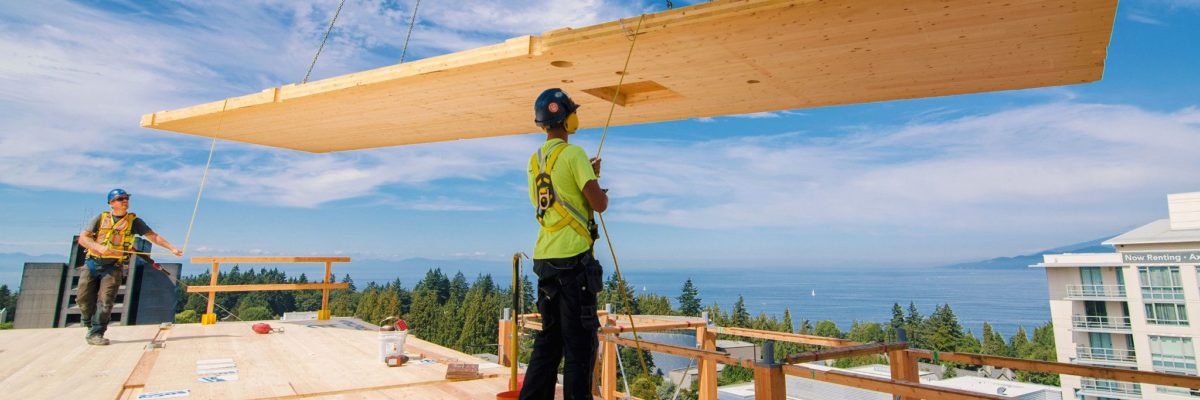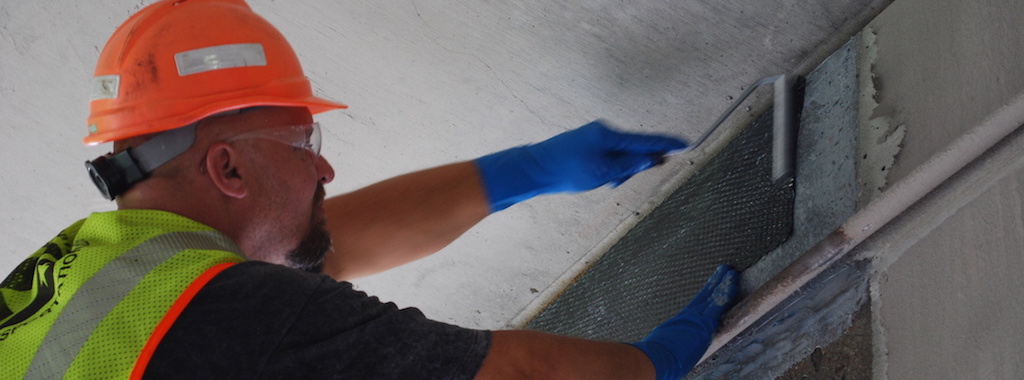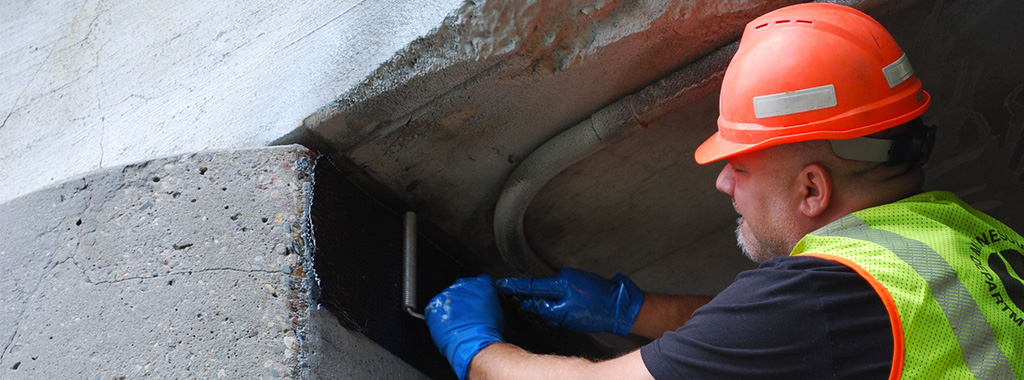This article was originally published on Building Talent Foundation’s website, which you can read here.
Simpson Strong-Tie Training Specialist/Outreach Coordinator Dan Scullion has given product demonstrations to engineers, architects, building officials and construction contractors, but a group of students from Jacksonville Job Corps Center kept him on his toes.
Continue reading “A Simpson Strong-Tie Event: Construction Industry and Career Paths for Youths”







